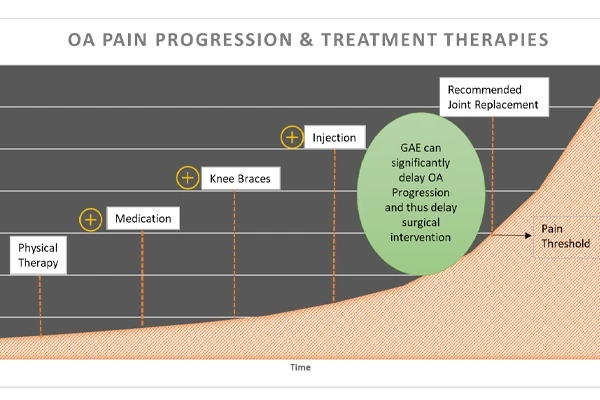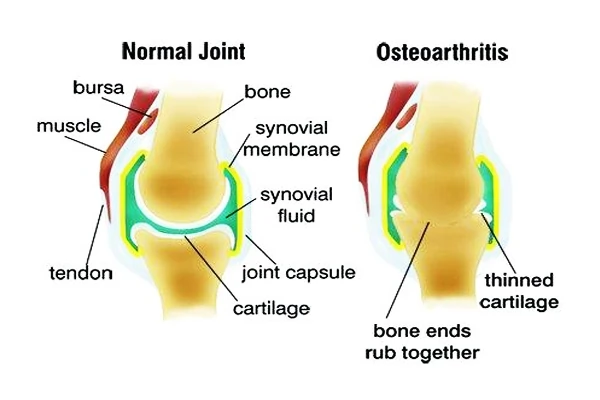It is difficult to put a finger on causes of Knee pain. Injury from an accident, fall or a sports injury are generally cause of pain in young & otherwise healthy beings. However, as age increases number of factors causing pain in the knee, increase manifold - from muscle weakness, bone issues, weight issues, any underlying condition causing inflammation, arthritis, or simple wear & tear.
As there is no easy way to identify cause of knee pain similarly there is no easy and effective treatment therapy for knee pain. If the knee pain is caused by specific injury, mostly the patient is expected to get full relief as the injury heals.
However, knee pain which occurs not due to direct injury to the knee but due to an underlying condition, there is no direct treatment. In most cases, patients’ treatment commences with regular physical therapy & medication. If started timely, physical therapy can provide symptomatic relief and significantly delay any worsening of the condition. In many cases though with time the underlying condition gets worse and so the knee pain. Osteoarthritis is one such major condition.
There is no cure for Osteoarthritis. Though there exist optional therapies which may provide symptomatic relief and delay the progression of the condition.
When the patient gets severe knee pain, conventional treatment options progress from physical therapy to joint injections to joint replacement. However, these treatments do come with their own set of issues – apart from being costly & not full proof treatment option with possible side effects, these treatment options have long list of exclusion criteria for patients i.e., many patients may not be eligible for these treatments.

